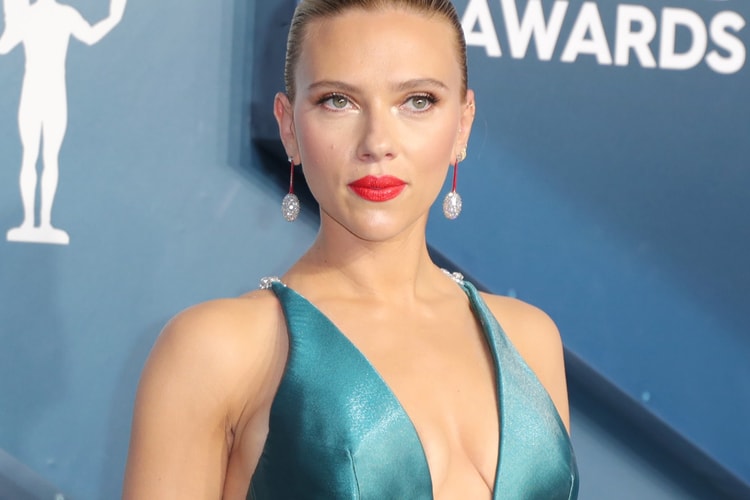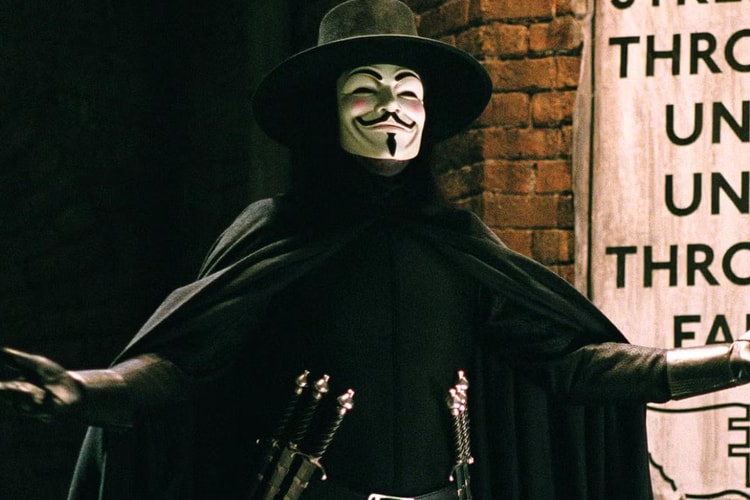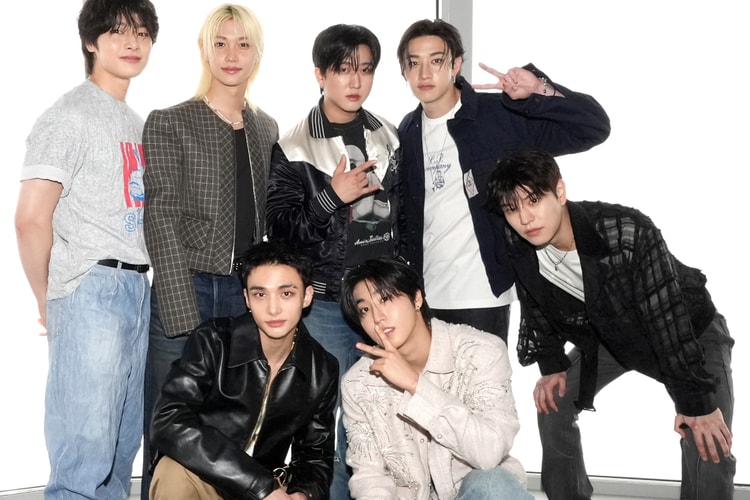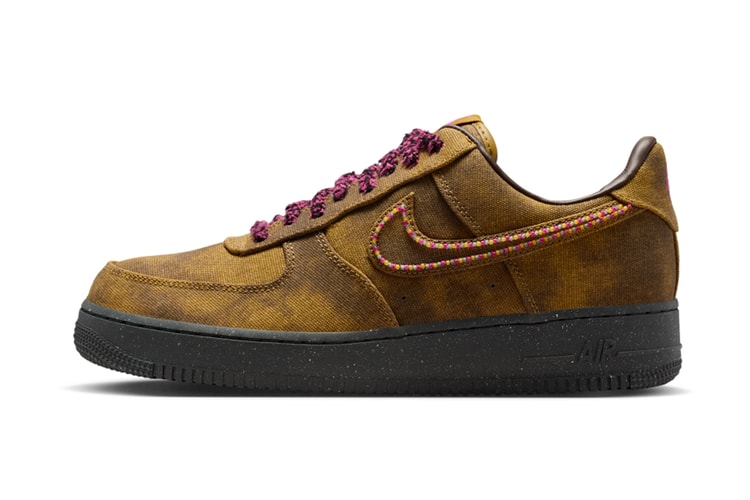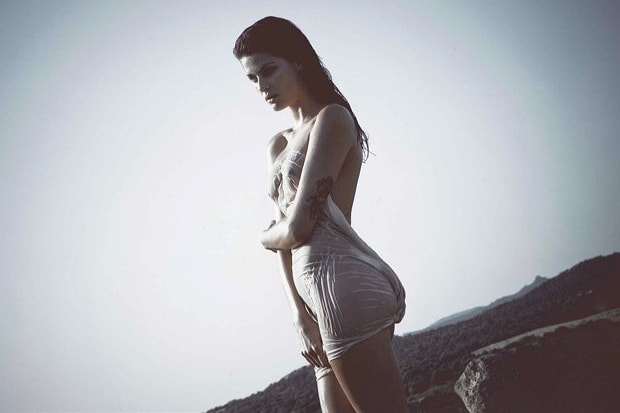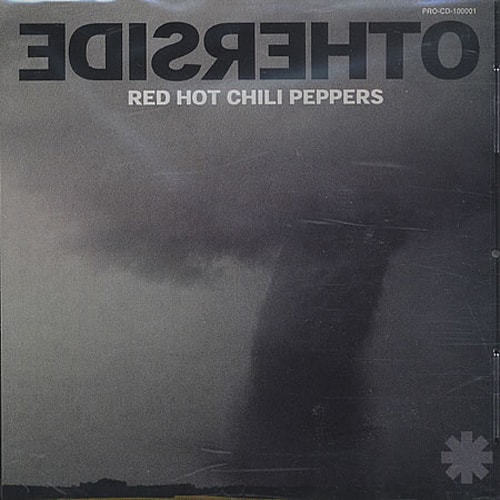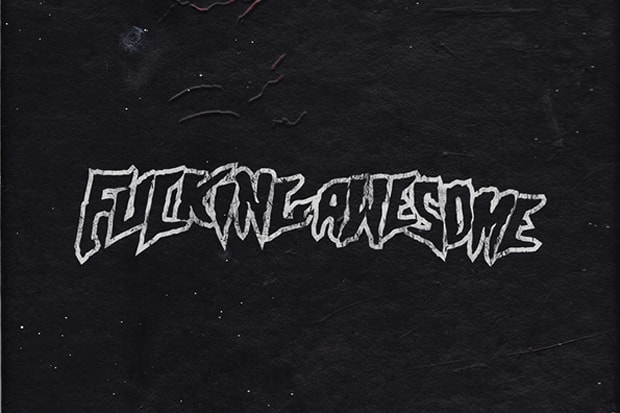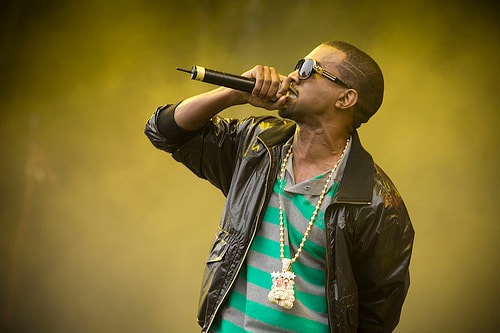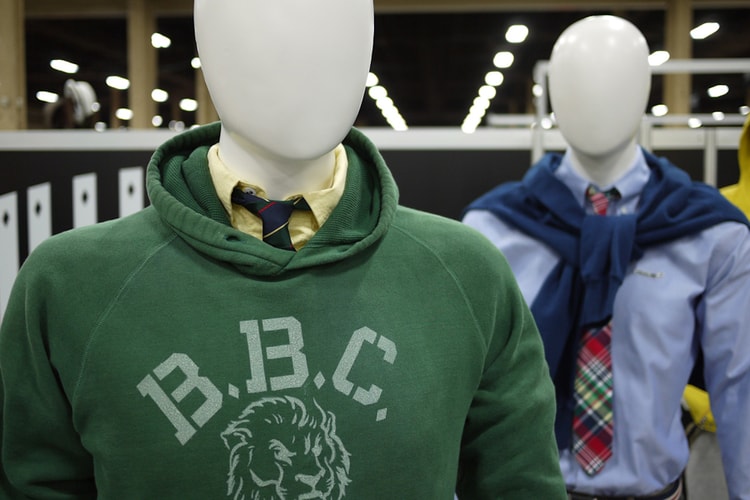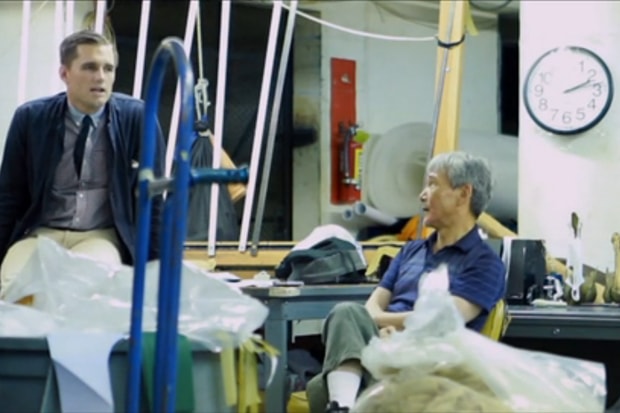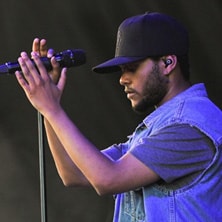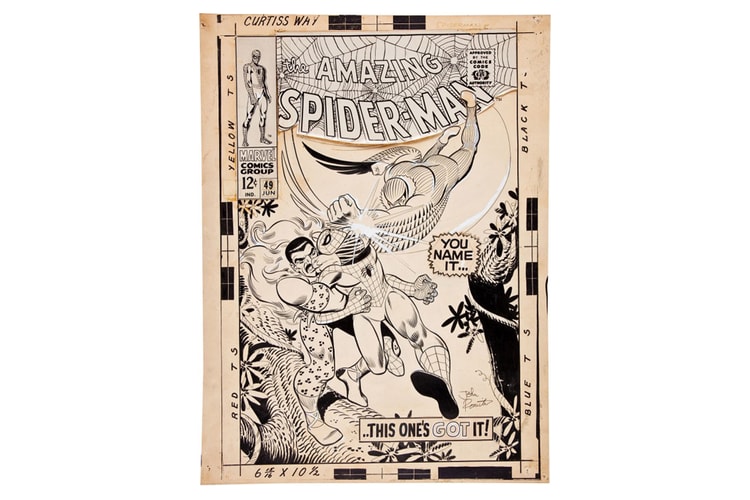Pigeon Talks with Alyasha Owerka-Moore Part 1
Adapt recently launched a new editorial series titled Pigeon Talks, where the brand catches up with

Adapt recently launched a new editorial series titled Pigeon Talks, where the brand catches up with influential creatives for in-depth conversations about their past and future endeavors. The first part of this series is an intriguing session with streetwear icon Alyasha Owerka-Moore, a man responsible for the success of key ’90s labels such as Alphanumeric, Phat Farm, Fiberops, Mecca and Droors, amongst several others. Offered below are excerpts from the piece:
To kick things off, if you can start with some general background, and leading into what made you want to pursue a creative field and clothing in particular.
I was born in 1970, just outside of Amherst, Massachusetts. Both my parents were teaching at UMASS and they met there. My mom’s Russian and Lithuanian, and my dad’s black and Cherokee indian. Cut to the chase, I was born, my parents split up when I was about 4, my mom and I moved to New York in 1977, which is a magical year, because it’s also the Punk Rock year. My mom received a Rockefeller Fellowship to teach Art Education at the MET. I played a shit-ton of Dungeons and Dragons.
Are there any particular designers, not necessarily within clothing, that inspired your style or currently inspire you?
Man. Yeah I think Paul Mittleman, who was the creative director for Stussy for years. We’ve known each other since about 1984, and he was a big influence on me, just as far as general aesthetic and fashion, and then my ex-girlfriend, Heather Worley, who actually ended up designing for Knoll. But she hipped me to a lot of mid-century stuff, and actually the majority of stuff that I know about fashion and my personal style now, which I guess would be considered vintage fashion, she hipped me to in High School. Shelly’s of London, Ben Sherman, Levi’s Sta-Prest, a bunch of stuff like that. Early Doc Martin stuff. These were the original influences prior to me getting into the fashion industry. Obviously when I got into the industry you start to discover more things and more people that become influential on you, but I would say that Paul and Heather were probably the two biggest influences early on.
The bulk of what I want to get into is regarding Alphanumeric. Can you first briefly describe the origins of the brand?
Basically I’d worked with a bunch of proto-urban brands, and a bunch of action sports brands, and I’d always felt that things were missing, and that there were parts of the marketplace that could be capitalized on. Why wouldn’t a company that makes outerwear cater to the same kid that skates, and is into hip-hop, and punk rock, or whatever, but is from the city. The amount of North Face jackets that were sold in New York when I was a kid was out of control. So why not get some of that market share. So the idea was kind of just an all around youth lifestyle brand as opposed to just an action sports brand. It was really about action sports, but was more to show that kids were into a lot more than just one thing. You could actually like punk rock and hip-hop at the same time and they were largely synonymous. This is obvious to a lot of people, but to 7th Avenue it wasn’t. You could also be into skating and import racing, or any number of these different sub cultures, and that they were far less polarized than 7th Avenue or the garment industry would have liked them to be. They just didn’t understand so they wanted to put everything in these small boxes.
As far as the name goes, for me it was all about mathematics and alphabets, it’s the way you describe everything in the world. The key to communication is via math and alphabets. So it was more of, ‘This is the way we are communicating to the kids.’
Can you speak on early L-R-G at all? I know that for me, I felt like Alpha and those first few seasons of L-R-G graphics were along the same lines in terms of really breaking ground and doing something different. I was just wondering if you had any relationship with them, or if you had any thoughts on what they were doing.
They were going to school down here when we started. We’d met a bunch of times at parties, ASR and stuff, and then they started L-R-G. At that point in time, it was still a very conscious vibe from both brands, it was kind of like, I’d actually gotten into a weird thing with Jonas, because I was critical of him, at the same time applauding the brand. I was like ‘look, you should say uplifting the masses instead of overthrowing the masses.’ But at the same time the dude went on and made amazing things. Rest in Peace, but definitely, they were kind of a little younger than us, and just kind of kept the sentiment going I guess. I’m not going to say that they drew their complete influence from us, because that wouldn’t be fair to them at all, but you know, definitely on the same wavelength, same path.
Alpha has always had a particular color palette, the shades of grey, yellow, the baby blue, navy. Is there any particular reason for that, or was there any inspiration behind that?
Absolutely, I was a huge Evangelion fan. Evangelion and Gundam. A lot of the color blocking and jackets, and particularly the outerwear for snowboarding, was largely influenced by either the Gundam pilots uniforms or the actual Evas in Evangelion, and some of the evil pilots as well. Also, a lot of it was, colorwise, designed to merge with Air Max 95’s, which they had re-released in multiple colors, which I was luckily privy to. I had access to a few CADS prior to those sneakers coming out.
On that point, did you read Bobby Hundreds Top 50 Streetwear Brands list?
Yeah.
It was very well put together. I personally felt that Alpha deserved a spot on there.
It was there, in Fiberops. I think him putting in Fiberops was more mentioning me, and the projects I had done. At least that’s my interpretation. I don’t know. It’s his list, it’s his opinion. I got at least 10 phone calls from people. I take Bobby very seriously. I love the guy, he’s become a great friend. I think a lot of people in streetwear take themselves way too seriously, and they are more in the industry for their egos. Whereas I don’t feel that’s the case with Bobby, and other people would argue with me, I’m sure I’ll get more phone calls after somebody reads this. But in actuality, he was asked to do the list, he gave his opinion, it’s his opinion, its how he sees it. He’s from a younger generation than I am, because a lot of the dudes that called me were cats that are my age. I’m like, yeah man, it’s a different generation. The perspectives are different. And you have to respect that. I think people like me they kinda get over themselves and don’t worry about it. It’s a list, it’s not THE list, it’s A list. And people have probably already fucking forgot about it. So it wasn’t that big of a deal to me. And so I ask people, like you try to make a list of your top 50 streetwear brands, and write at least one paragraph about each one. That’s a pretty daunting task.
If I wrote a list, if you wrote a list, if Paul Mittleman wrote a list, nobody is going to be happy with anybody’s list. It’s just that Bobby is so high-profile that of course people want to cut him down, and people are saying that he has an ulterior motive, and that its to big himself up and such and such, but people forget that he started off as a writer. The funny thing is we spoke and the only thing I said is that, I was surprised L-R-G wasn’t on there. He said they are an urban brand. It made all the sense in the world. We are in an age where the lines are so skewed. Today, most of what were streetwear brands are urban brands at this point in time. Not most, but a lot. Or are financed by companies that own urban brands. Alpha got pigeonholed as such. I remember somebody going, what is this, Fubu for skateboarders. I was like wow, that’s lame. But streetwear is over anyways for the most part, it’s a different deal now. Not completely, but it’s a way different animal from even 8 years ago.
The full interview can be read here.



